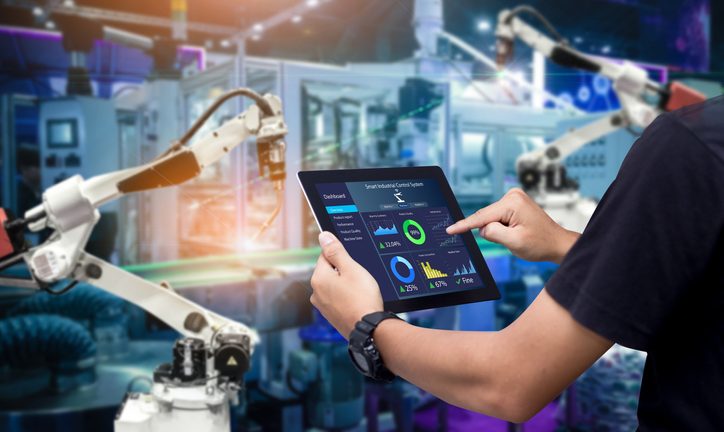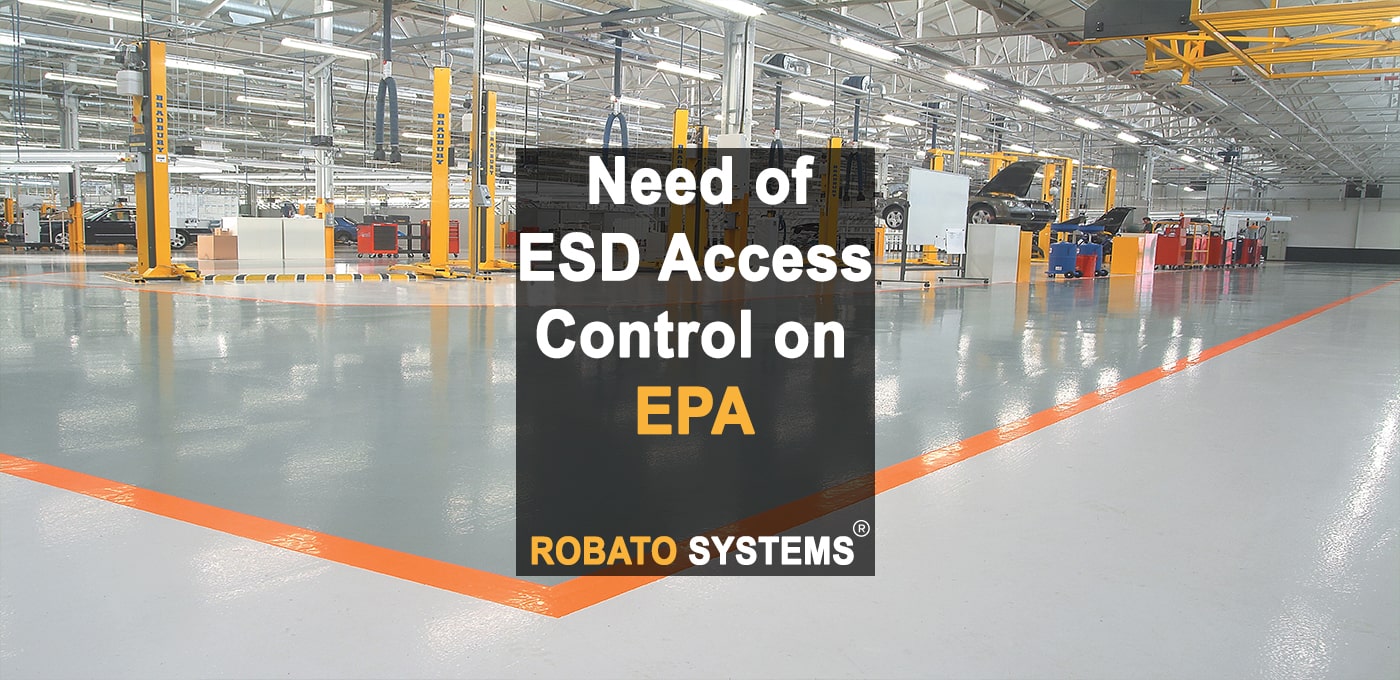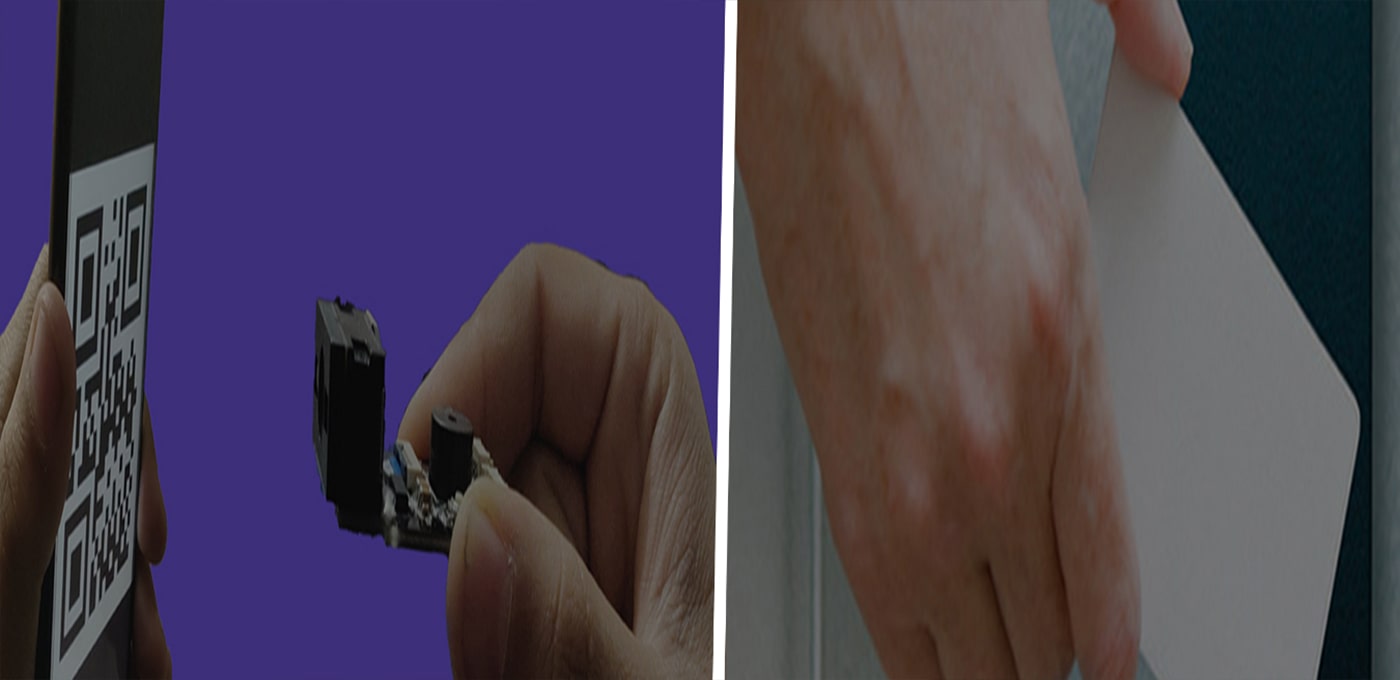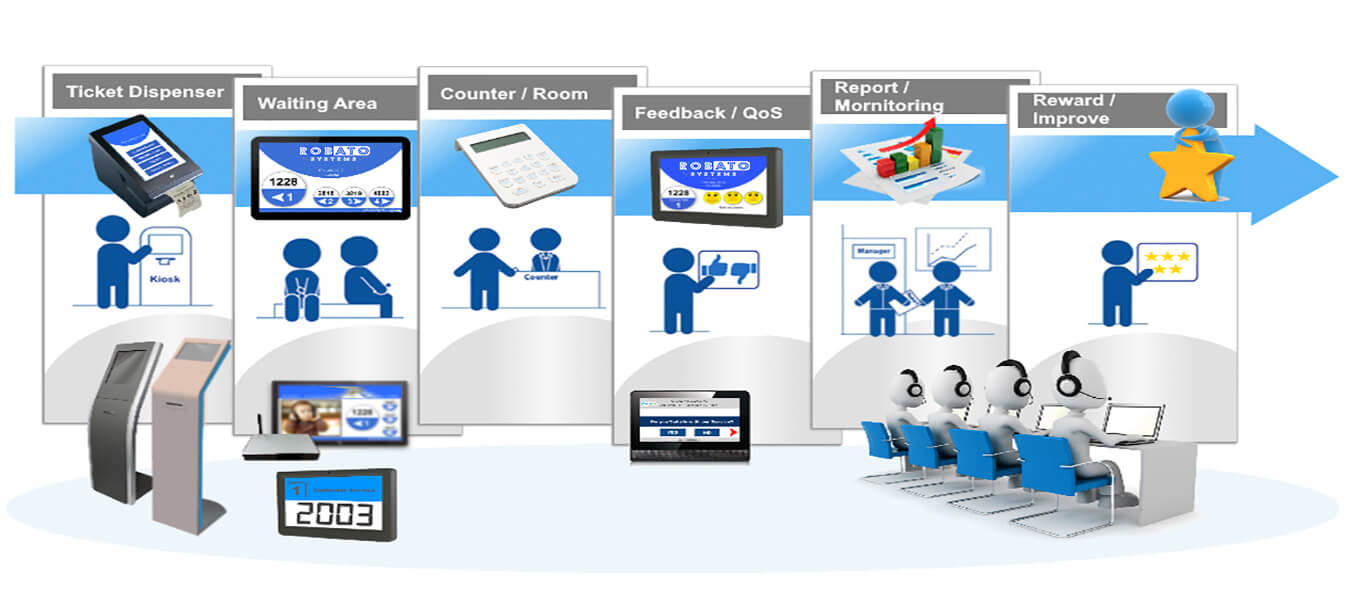Computer
vision is a technology that is programmed to recognize and process visual data.
Machine vision requires data inputs to teach a program about different objects
and responses to such objects. Patterns detected by the machines to identify an
image require many sample images. Storing and processing these samples results
in the production of accurate inferences. Using AI with computer vision
enhances revenue generation by reducing costs, providing real-time data
insights, and helping businesses tailor their services according to consumer
preference. The rise of industry 4.0 has led to better connectivity and
efficiency. Machine vision contributes to predictive maintenance and quality
control in manufacturing and can be leveraged to increase ROI on any project.
What
are some of the common ROI metrics to measure machine vision?
Reduce costs –
Costs are reduced by machine vision through various methods.
Optimizing the production process through replacing labor can save salary
costs. Eliminating expensive mechanical equipment can also cut maintenance
costs along with saving time and increasing production quality. Capital costs
are reduced through minimal machine downtime and preventing any kind of tool
damage. Equipment maintenance costs are also removed as machine vision does the
work of various mechanical equipment faster and better. These four kinds of
costs can make a huge difference to the ROI of the business and introducing
machine vision optimizes all of the costs.
Operating benefits –
Bottlenecks during manual inspection or sorting can be removed with the help of machine vision systems. This allows for greater production rates. Manual sorting often results in the placement of non-conforming products or equipment jams that take up production time and maintenance expenses. It sometimes leads to equipment damage. Machine vision improves these conditions, removes many line downtimes and bottlenecks, and improves the ROI of the business.
Flexibility –
The manufacturing process requires a variety of products to be
stored and precisely located. For instance, complex and expensive fixtures need
to be designed, built, and tested. New products require the renovation of such
fixtures. There might be more than one fixture used for a certain product. In
the long run, such continuous changes in design and storage can compound and
become an expensive and time-consuming process. Machine vision adapts to new
products more easily and removes any such hassle and saves time and energy in
such maintenance activities.
Data collection and tracking –
Data collection in vision systems can be put to many uses.
Integrating vision data into a software solution or a manufacturing execution
can give a deeper understanding of the underlying processes at play. Such
insights trigger process improvements. These process improvements in turn make
the project more efficient and successful without any compromise in quality or
safety. This also contributes to the ROI of a project over a length of time. A
track record of these improvements will show an adequate representation of
revenue generated because of such changes.
Improved safety –
Safety
improvements are mostly considered when installing safety equipment. However,
improved safety affects the ROI of a traditional vision system as well. Removal
of operators from any kind of hazardous environment and elimination of
operators from stressful and strenuous conditions can reduce the probability of
exposure to high healthcare claims and insurance costs. Such indirect costs can
add up to be 3 to 10 times more than direct costs. Replacement of machine
vision in any such scenario can save all such costs.
What are a few
elements that people miss during ROI calculations?
Manpower cost reduction –
Replacing manpower with machines is a direct and most obvious form of ROI metric. The salaries of individual employees are saved when a machine vision system is used. But the costs are not just limited to salaries, but also the cost of training and maintenance of such manpower, handling inconsistencies in attendance, performance and attrition, and benefits of the labor laws in the modern world. These costs are often neglected while calculating ROI, while in reality, using manpower is an investment that is a sum of all the costs that are needed to put your workforce functioning properly.
Cost of poor quality –
Human beings aren’t designed to perform tasks that are continuous
and repetitive. The inspection process is an instance of such a task. Humans
are inherently creative, and subjecting them to repetitive tasks can cause
fatigue that in turn results in output inconsistencies, miss-outs, subjective
judgment, and so on. These cost implications are calculated under the cost of
poor quality of products, which is a direct outcome of using human beings in
inspection-related tasks. This includes returns, reclaims, reputation costs,
business loss, and increased scrap and rework.
Capacity utilization –
Machine
vision systems are inherently faster than humans. A noticeable decrease in
cycle time will be seen when using a machine vision system as a replacement for
human beings. Computational algorithms produce judgments in hundreds of
milliseconds or faster. Along with reducing cycle time, it will also increase
the OEE or Overall Equipment Effectiveness. Any piece of equipment along with
machine vision is utilized more often because of the reduced cycle time and
increase in the capacity of what it can produce. This also increases the ROI of
the business.
Conclusion –
Any kind of new technology calls for a Return Of Investment (ROI) calculation to determine the overall effect of the technology on any process of the business. Machine vision ROI in the manufacturing industry is usually calculated through metrics like flexibility, reduced labor costs, operational benefits, data collection and tracking, and the overall safety of the manufacturing process. However, there are a few hidden ROI metrics that are often missed by the business. These include the decrease in costs of maintenance of labor, cost of poor quality, and an overall increase in capacity utilization. Adding these metrics to ROI calculation will give you a more accurate representation of how a machine vision system can improve the profits of your business and the quality of your product.


















